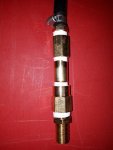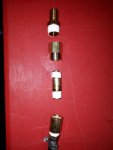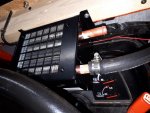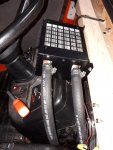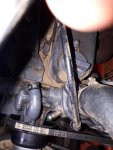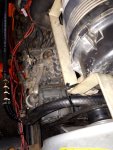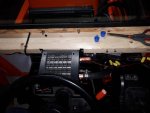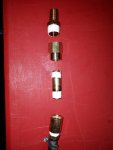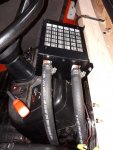BAP
Well-known member
Lifetime Member
Equipment
2012 Kubota 2920, 60MMM, FEL, BH65 48" Bush Hog, 60"Backblade, B2782B Snowblower
Tractor cabs have had roof mounted heaters since Candy were first used in the 60’s. Kubota did not come up with this because it has been used by all tractor manufacturers and aftermarket cabs long before Kubota did. Because you are using the bypass line on the water pump to feed and take away the water to the heater core, you create a loop that pushes and pulls the water threw the core.




